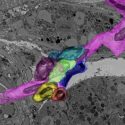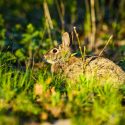Researchers are using monkey poop to learn how an endangered species chooses its mates
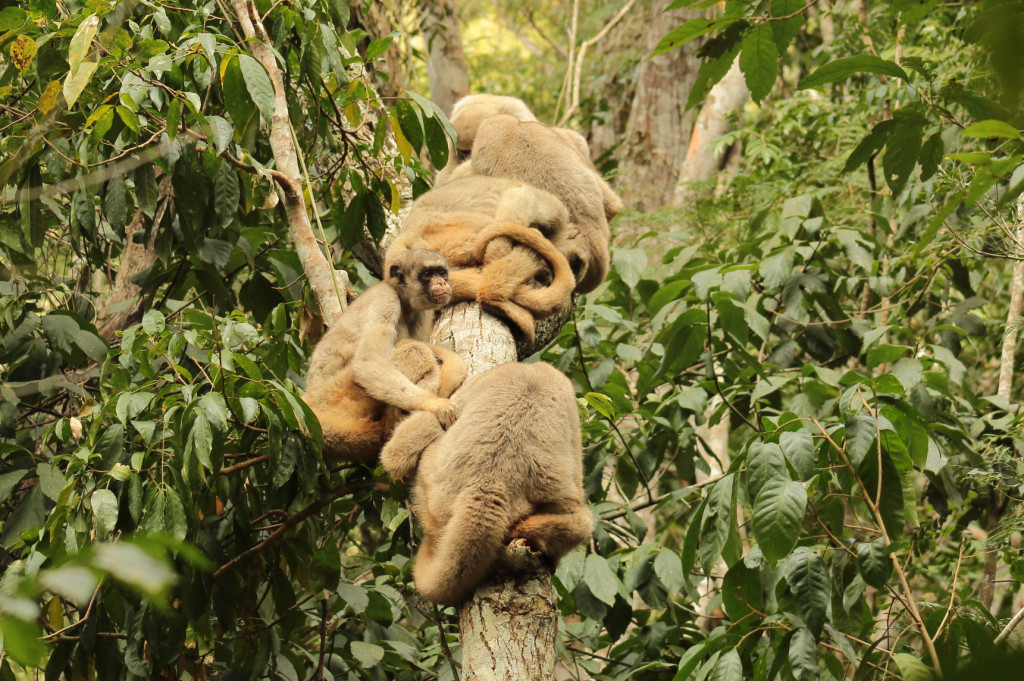
A group of northern muriquis sit together in a tree. The peaceful egalitarian structure of northern muriqui groups makes them different from many other groups of primates which tend to see more violence. UW–Madison’s Karen Strier and her team have spent years documenting the unique colorings and patterns of the monkeys’ faces to be able to identify each individual. Photo credit: Carla B. Possamai / Projeto Muriqui de Caratinga ©
Northern muriquis, which live in the Atlantic Forest of Brazil, are one of the most endangered species of monkey in the world. Choosing good mates and rearing thriving offspring are key to the species’ long-term survival.
To better understand what goes on in the mating lives of muriquis, researchers at the University of Texas at Austin and the University of Wisconsin–Madison turned to the monkeys’ poop to help gain insight into how the primates choose their mates.
In a paper published on Aug. 2 in the journal Proceedings of the Royal Society B, the scientists combined genetic analysis with long-term behavioral observations to better understand the reproductive patterns of the endangered muriqui.
Unlike most primates, muriquis live in peaceful, egalitarian societies, the core of which is made up of related males and their mothers. Karen Strier, a professor of anthropology at UW–Madison and co-author of the paper, has spent 40 years studying the behavior and ecology of these monkeys in a small, preserved portion of Brazilian forest. She and her team know how to identify each individual monkey and who they are related to. That means she knows how to tell whose poop is whose.
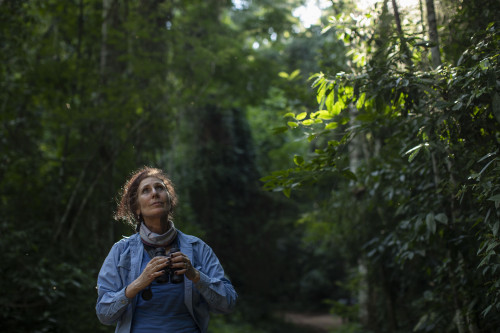
Karen Strier during fieldwork in Brazil. Photo Credit: João Marcos Rosa
She and her team collected samples and provided them to Anthony Di Fiore, a professor of anthropology and director of the Primate Molecular Ecology and Evolution Lab at UT Austin, and Paulo Chaves, then Di Fiore’s graduate student. They used the fecal samples (among the best non-invasive samples they could collect) as a source of DNA to analyze the muriquis’ mating behavior through genetic data.
Because Strier’s field crew knew which sample belonged to whom, the research team was able to ask unique genetic questions.
“I knew from behavioral observations that there was lack of competition in mating and that mothers didn’t mate with their sons or close male relatives. But the only way to know who the fathers are is with genetics,” Strier says.

Anthony Di Fiore during fieldwork in Brazil.
From their lab analysis, Chaves and Di Fiore confirmed that there were no mother-son pairings, which suggests the muriquis may recognize their kin, allowing them to avoid incestuous mating. They also found that females tend to reproduce with males who have a more diverse set of genes coding for molecules that play an important role in the body’s immune response to pathogens and other environmental stressors.
This interesting class of genes is called the major histocompatibility complex (MHC), and Chaves and Di Fiore were able to characterize genetic variation between individual monkeys.
“Our finding that male sires have higher MHC diversity than expected by chance is one of the things we would expect if that diversity contributes to male fitness or is one of the dimensions of female mate choice,” Di Fiore says.
Male fitness, in this case, refers to the ability of a male mate to provide offspring with genes that will give them the best chance at survival. Having diversity in their MHC genes may also give offspring more protection against pathogens and environmental stressors, which is evolutionarily advantageous, Strier explains. Theoretically then, a female should choose males that not only have high MHC diversity, but that also have MHC genes different from hers.
However, the genetic analysis showed that while females seem to choose mates with higher MHC diversity overall, they weren’t necessarily choosing males with genetic variants different from their own.
“Our study is one of just a handful that have looked at the relationship between MHC variation and reproductive patterns in wild primates and is the only one to do so for an egalitarian species like muriquis,” Di Fiore says.
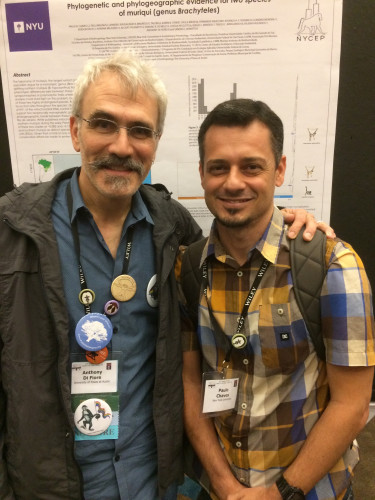
Lead author Paulo Chaves with Anthony Di Fiore at one of Chaves’ poster presentations on past work with the muriquis.
Strier says the partnership with Di Fiore and Chaves was exciting and adds strength to support her observations. Their findings also raised a number of questions the researchers hope to follow up on in future collaborations.
Chaves, lead author of the study, came to the U.S. to study molecular genetics with Di Fiore on a prestigious fellowship from the Brazilian government. After completing his lab work, Chaves returned to Brazil and secured a civil service position as a forensic geneticist with the government of the state of Goiás.
Next, the team hopes to investigate what other factors besides MHC diversity might influence muriqui mate choice by both males and females and give offspring the best chance at survival.
Tags: animal research, genetics


